Most recently, we talked about the first HUAWEI tablet with a dual-layer OLED screen – MatePad Pro 12.2”. Today we will talk about its younger brother, which is similar in many ways to it, but with a simpler screen, a thicker body, a weaker hardware platform, but almost half the price.
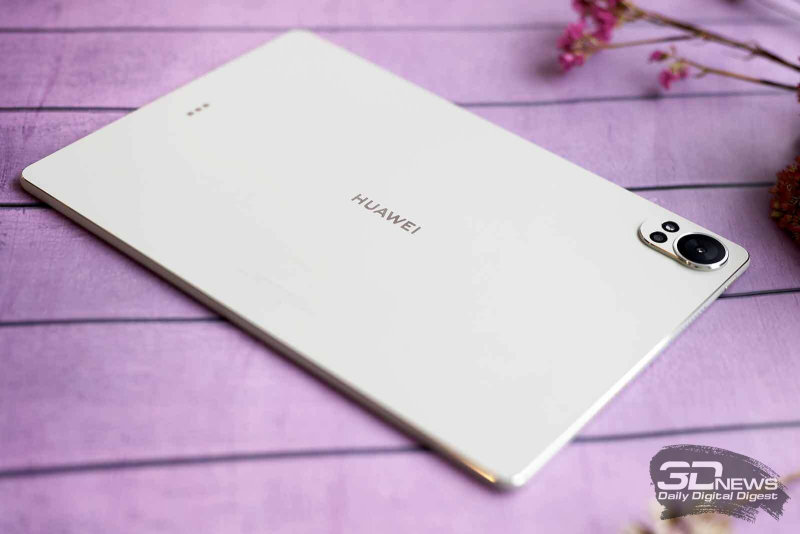
An important feature of the positioning of the device is that in the Chinese (and possibly some other) market it is called HUAWEI MatePad Air (2024), so we are talking about the direct successor of the MatePad Air model of 2023, but with a completely different index. Moreover, you can even understand the logic of HUAWEI with the renaming – almost everything has changed in the new tablet compared to the previous Air: from the design and chipset to the screen diagonal and some other details, like the disappeared memory card slot. So there is little point in comparing them directly, despite the obvious relationship. In the characteristics table you can see what they have in common, and we will talk about the HUAWEI MatePad 12 X as a completely independent gadget.
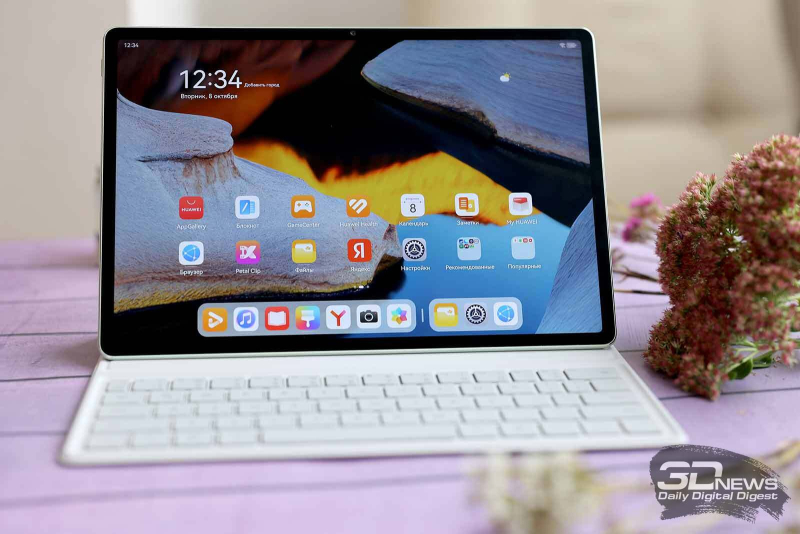
And one more important note: as usual with HUAWEI, there are two versions of the MatePad 12 X – with a regular screen and a matte one with PaperMatte coating. The standard one costs 49,999 rubles, PaperMatte (which we are talking about) costs 59,999 rubles.
⇡#Design
It’s nice that HUAWEI is trying to somehow diversify the design of its tablets – it’s probably impossible to come up with something truly unusual here, but it is possible to use interesting materials with unusual textures and colors.
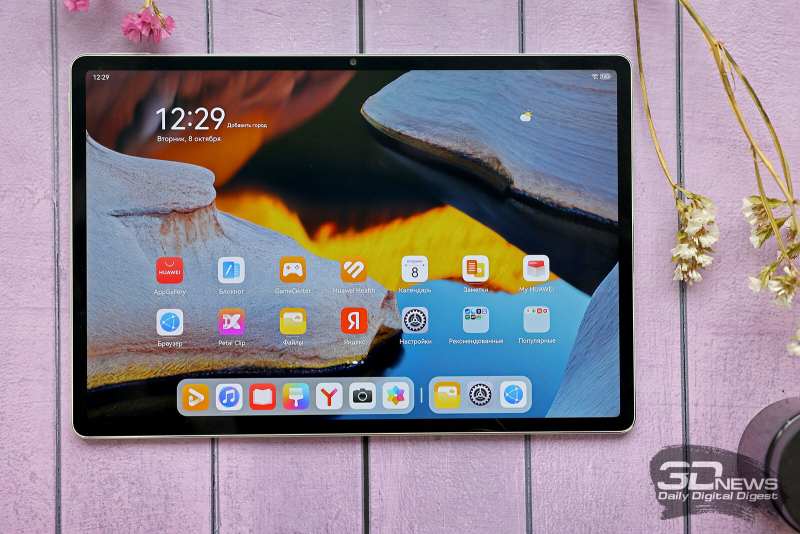
This happened with the HUAWEI MatePad 12 X. Yes, if you just read the description of the materials, then nothing seems to be new – metal frames, a metal back and a front panel made of tempered glass. But even the front panel in the PaperMatte version already looks special due to the matte, almost “paper” surface to the touch – very convenient for drawing, practically not reflecting in the sun, although easily scratched.
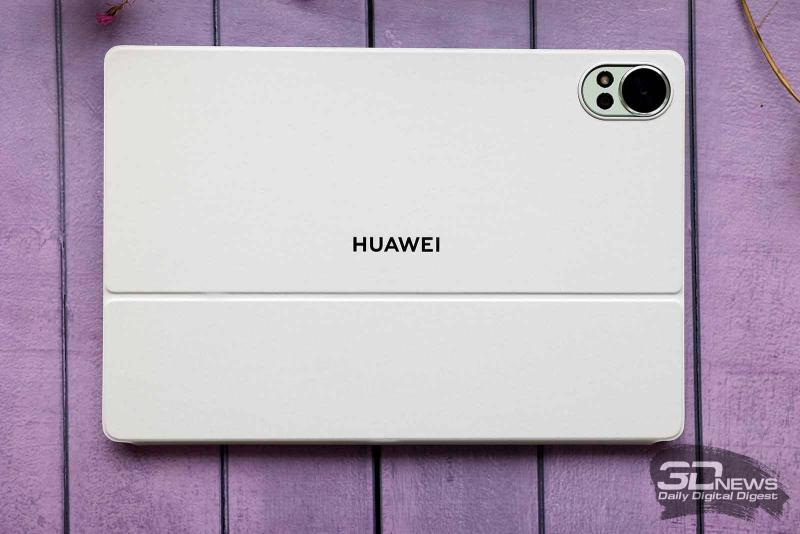
There are quite large frames around the screen, but the screen occupies 88% of the surface, which is normal.
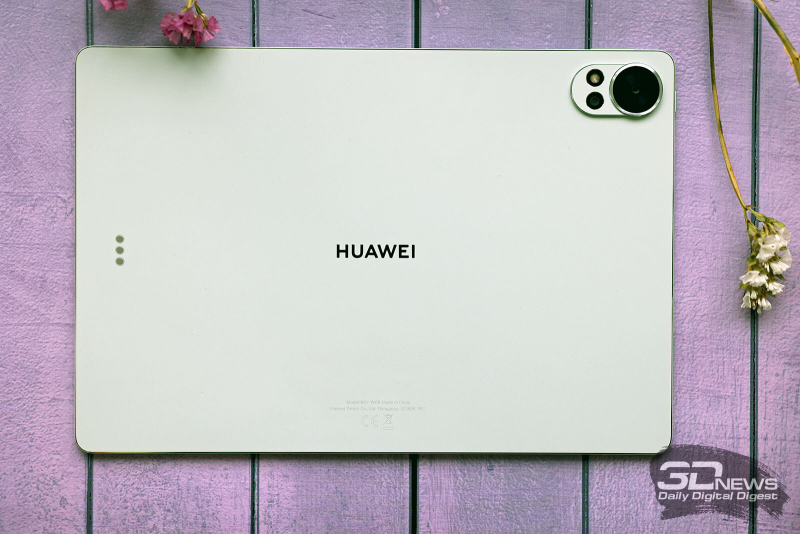
Returning to the materials, the back received a special mica coating, painted with water-based electrophoretic paint. Green (as in our case) or white. And this coating makes the surface not only matte and, in the manner of a PaperMatte screen, almost not reflecting light, but also changing color depending on the lighting. The edges are made of the same material, painted in the color of the rest of the body.
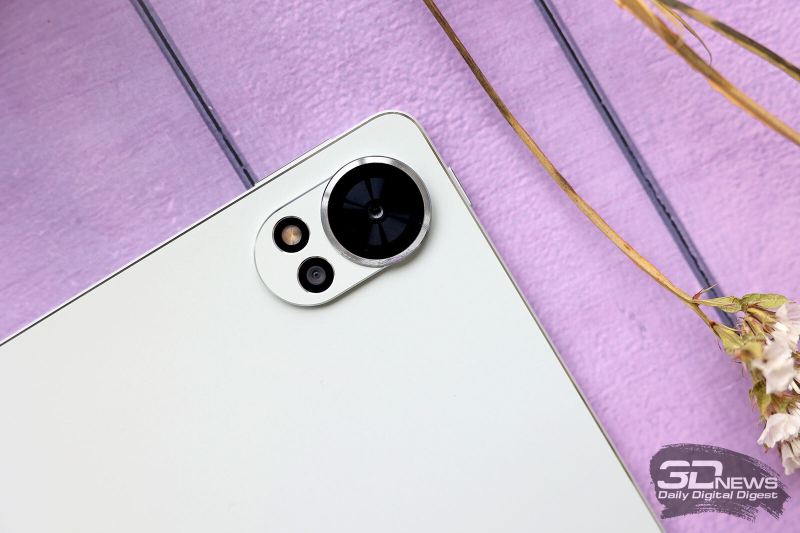
In addition to the materials, the HUAWEI MatePad 12 X stands out for its camera block, designed in the style of the brand’s smartphones – two cameras and a flash are hidden in an oval protruding above the body.
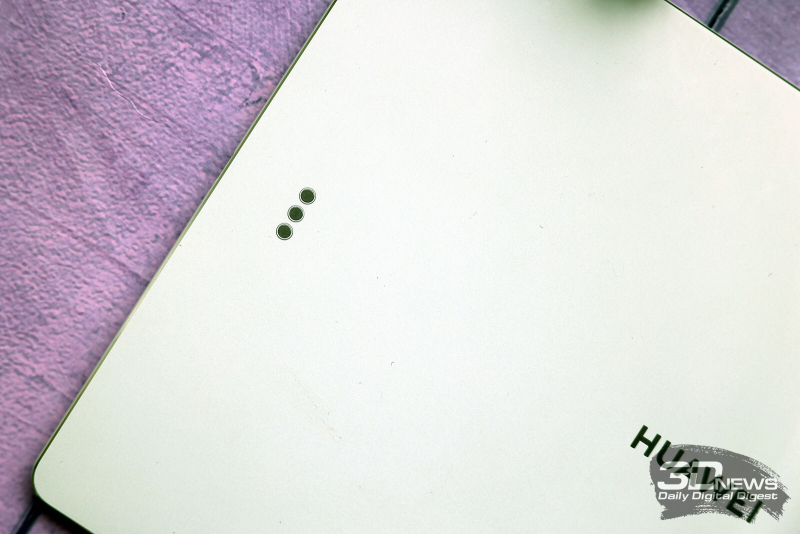
As for the dimensions, the tablet does not achieve the feats of the MatePad Pro 12.2”, but it still turns out to be noticeably thinner than its predecessor, the MatePad Air (2023). Case thickness – 5.9 mm. But the weight is noticeably greater: 555 versus 508 grams for the Air. And this is just logical – there is a larger display diagonal and battery capacity.
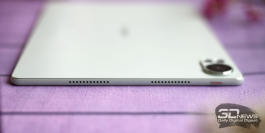
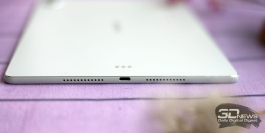
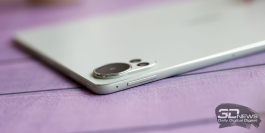
In terms of functional elements, the situation is quite normal – there is no mini-jack, but there are four speaker grilles (there are six of them in total), and the hardware keys are spaced on different sides. On the back we see a contact for charging the keyboard case; it is charged in a completely contactless way only on HUAWEI Pro-series tablets.
⇡#Software
HUAWEI MatePad X 12 runs on the HarmonyOS 4.2 operating system. We recently talked about it in our review of the MatePad Pro 12.2.” Since then, the system has been updated from version 4.1 to version 4.2, but I did not find any noticeable changes.
Key elements: a quick access panel to key applications, always available on the desktop; successful window management in multi-window mode; extensive options for managing privacy and security settings; “Super Device” mode, which allows you to conveniently manage the ecosystem from your tablet; branded application store AppGallery and search engine Petal Search, which searches for applications that are not available in the branded store (Google services are not presented out of the box); the “Multiscreen” function, which allows you to use the tablet as an additional monitor for your computer; proprietary GoPaint application with interesting tools. The interface is well suited for working with a tablet – the icons are of normal size, there are no problems with placement on a large screen in horizontal or vertical orientation. The system occupies 12.6 GB of memory, works quickly and stably.
⇡#Accessories
The HUAWEI MatePad 12 X comes with a keyboard case – and this is a very nice generosity. We are already accustomed to the fact that tablets, thanks to accessories, can turn into graphic tablets (for this, companies produce special styluses with increased sensitivity and recognition of thousands of degrees of pressure) and simplified analogues of laptops (for this we need keyboards, which, as a rule, also serve as stands).
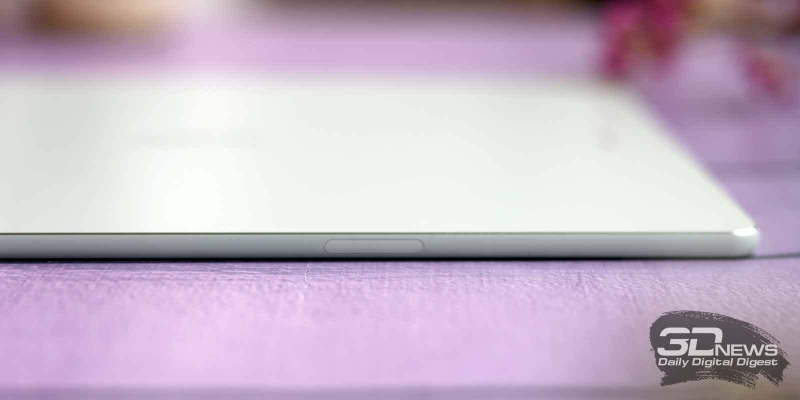
Magnet for stylus attachment
The M-Pencil 3 stylus is also supported by the HUAWEI MatePad 12 X, but it is not included in the package – this, by the way, is logical, such a tool is needed by a limited circle of users (designers, artists). Although the PaperMatte version was created for this circle, you still have to buy the stylus separately. By the way, it registers more than 10,000 levels of pressure intensity and is equipped with a sensitive transmitter with minimal signal delay.
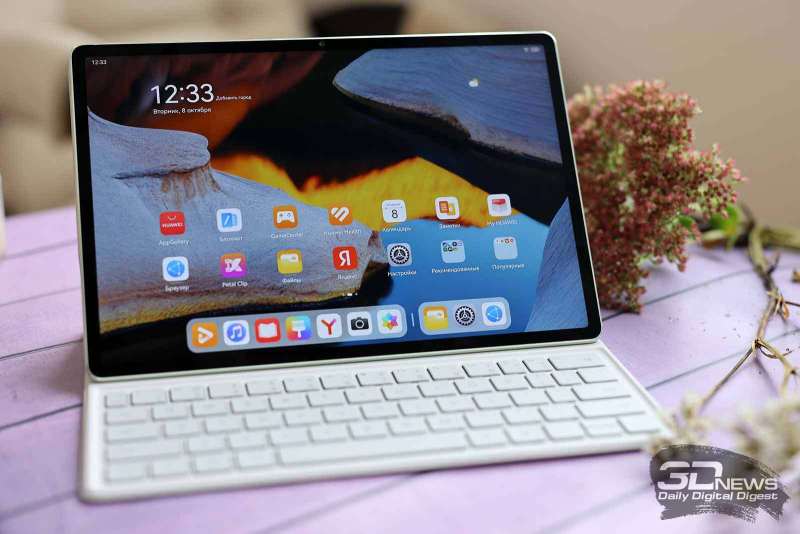
But the keyboard comes with the tablet by default. It is implemented in a traditional way: when closed it is a case with a soft-touch surface; when open, the tablet can be placed at two angles or placed with its back on the keyboard for drawing (it will “understand” this, the keys will be locked).
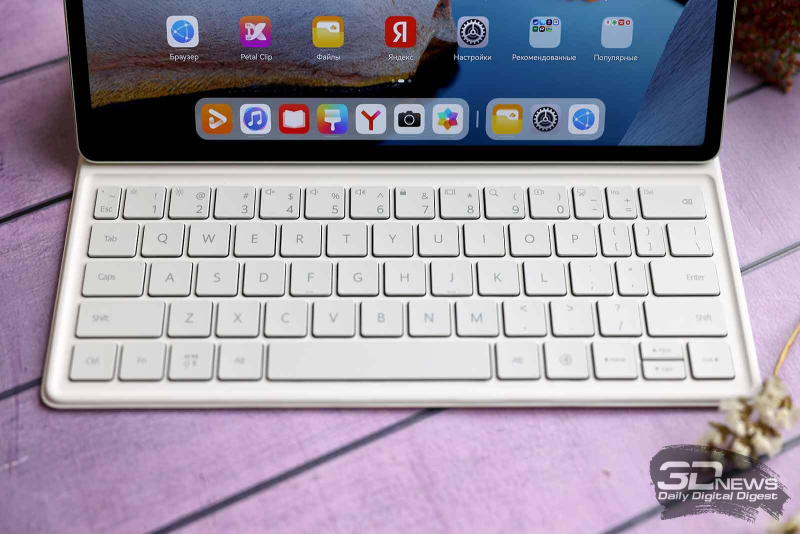
The keys themselves, traditionally for HUAWEI, are made to last – a pleasant stroke, excellent sensitivity. The working experience is close to what we get on an inexpensive laptop with a plastic keyboard unit. But there is no touchpad here, unlike the keyboard for the MatePad Pro, this is a simplified version. Both accessories connect to the tablet via the proprietary NearLink protocol (not Bluetooth) and do not require additional charging.
⇡#Display and sound
HUAWEI MatePad 12 X has a 12-inch diagonal IPS LCD display with a resolution of 2800 × 1840 pixels. The pixel density is 280 ppi – a very high figure (higher, for example, than that of firmware). The screen format is 3:2, which is appropriate for devices with a professional application profile.
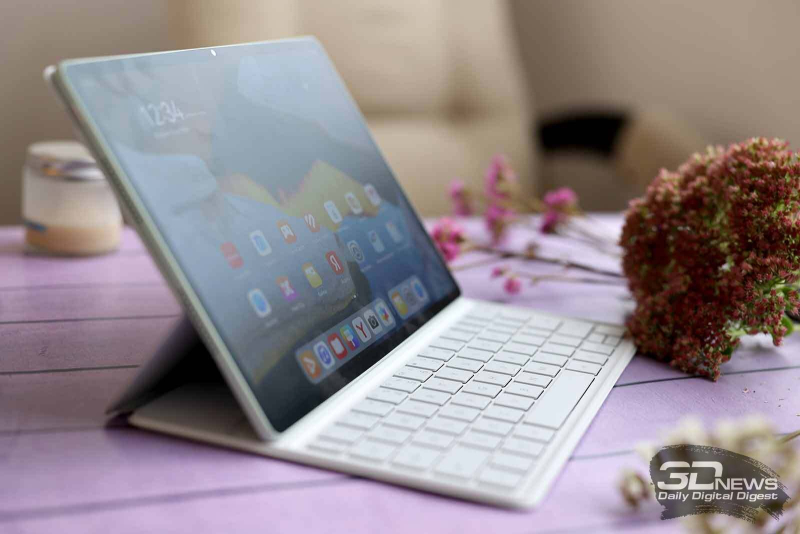
The screen refresh rate is very high, reaching 144 Hz. The problem is the same as with other 144 Hz displays (there are more and more of them, and HUAWEI puts similar ones on all its older tablets) – there are very few applications that support this frequency. In mobile games, it is essentially not used, although it is desktop gaming devices (monitors, laptops) that usually play this card. Even HarmonyOS system applications do not all work at this frequency, usually fixing at 120 hertz. But perhaps in the future this option will become relevant – for now we note that the device sets the frequency correctly, below 120 Hz where it is required, without lowering it.
The matrix itself is of high quality – viewing angles are free, the picture is perceived subjectively juicy. The measured peak brightness level (under artificial incandescent light) was 511 cd/m2. The peak brightness level declared by the manufacturer is 1000 cd/m2. The screen appears on it when playing HDR content.
The contrast level is average – 1102:1.
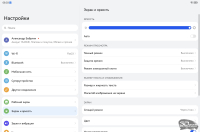
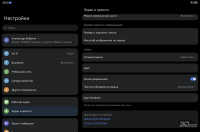
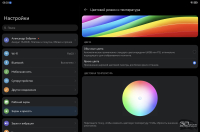
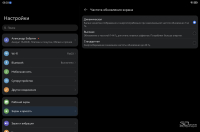
In the screen settings, you can enable eye protection (mode with the warmest colors), adjust resolution, scale, font size, set dark or light mode (including selecting a schedule). You can also change the color rendering – choose between two profiles (“normal” and “bright”) and set the color temperature you need. The “Natural Tones” mode, traditional for tablets, is also available, when the screen selects color temperature and color rendering settings depending on external lighting. I measured color rendering in two preset profiles without individual temperature adjustment.
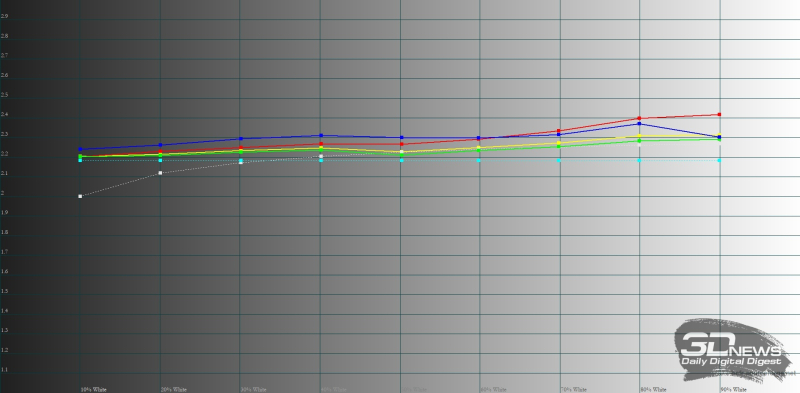
HUAWEI MatePad 12 X PaperMatte, gamma in normal color mode. Yellow line – HUAWEI MatePad 12 X PaperMatte indicators, dotted line – reference gamma
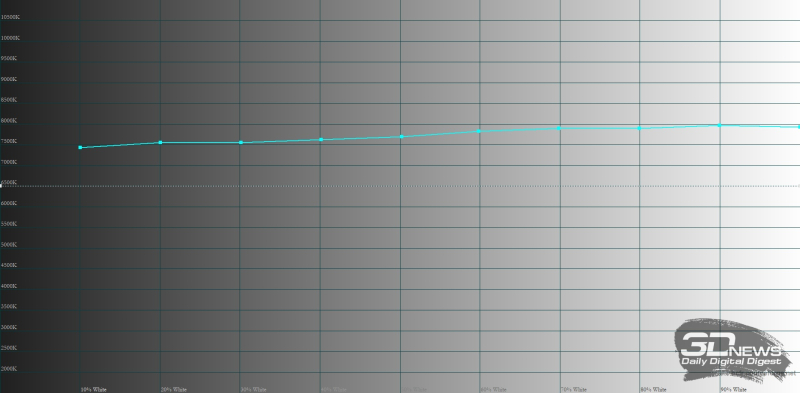
HUAWEI MatePad 12 X PaperMatte, color temperature in normal color mode. Blue line – HUAWEI MatePad 12 X PaperMatte indicators, dotted line – reference temperature
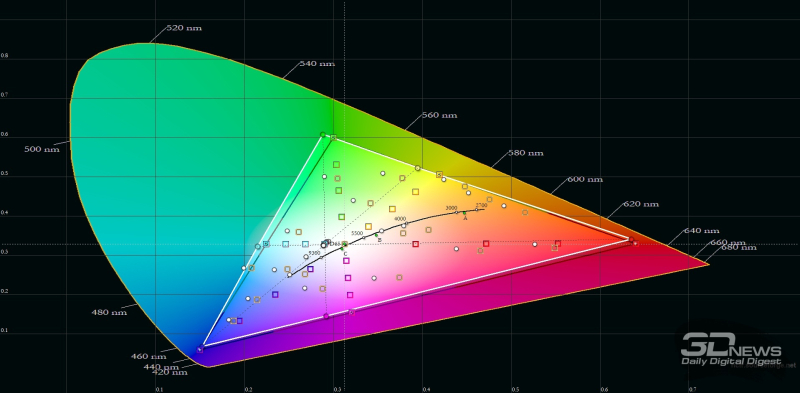
HUAWEI MatePad 12 X PaperMatte, color gamut in normal color mode. Gray triangle – sRGB coverage, white triangle – HUAWEI MatePad 12 X PaperMatte coverage
By default, the HUAWEI MatePad 12 X PaperMatte display operates in the Normal Colors color mode. The color space in it is adjusted to the content – in the case of our test patterns, it is sRGB, and the tablet set exactly this coverage. Gamma is normal – 2.18 (curves are stable). The shades are a little cold – the color temperature is at 7,500-7,900 K. The average deviation DeltaE for the Color Checker palette (shades of gray + a wide range of color shades) is 5.99 with the upper limit of the norm being 3. The result is weak.
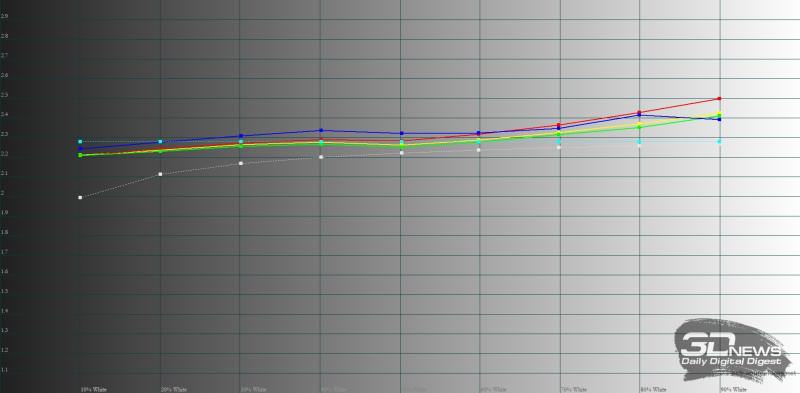
HUAWEI MatePad 12 X PaperMatte, gamma in vivid color mode. Yellow line – HUAWEI MatePad 12 X PaperMatte indicators, dotted line – reference gamma
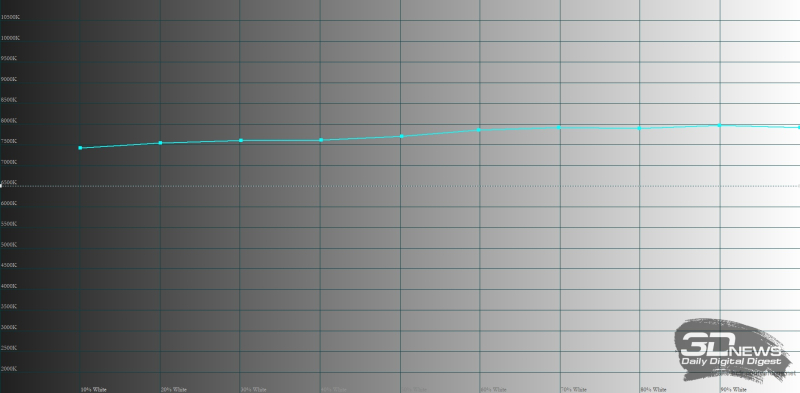
HUAWEI MatePad 12 X PaperMatte, color temperature in Vivid mode. Blue line – HUAWEI MatePad 12 X PaperMatte indicators, dotted line – reference temperature
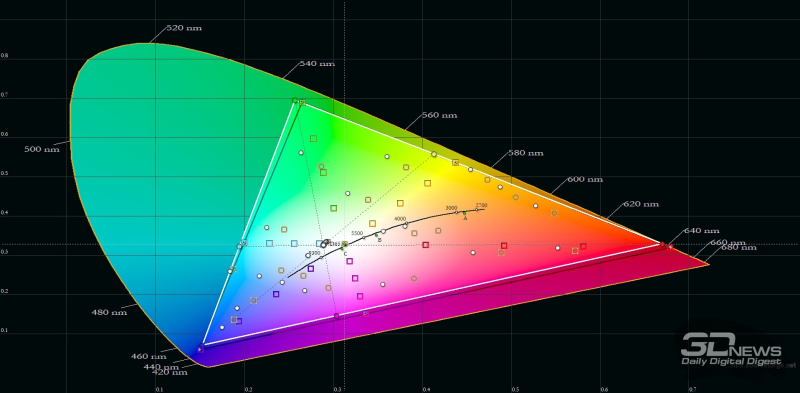
HUAWEI MatePad 12 X PaperMatte, color gamut in Vivid color mode. Gray triangle – DCI-P3 coverage, white triangle – HUAWEI MatePad 12 X PaperMatte coverage
In bright mode, the color gamut already corresponds to the DCI-P3 standard. Gamma is increased, but does not go beyond the normal limits – 2.28 with similar behavior of the curves. The color temperature does not change either, the colors are again colder than normal. The average deviation for the extended Color Checker palette is already 6.31. Despite the serious characteristics of the display, it is not configured well.
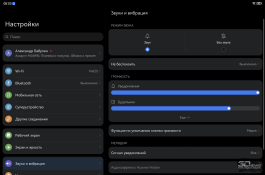
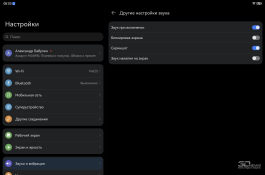
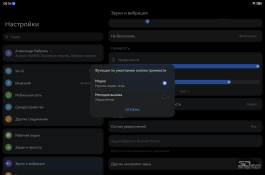
But the sound is fine. The tablet has six speakers and supports HUAWEI Histen proprietary tuning technology. The sound is powerful, quite detailed, with good positioning. There is no analog headphone jack; sound is transmitted wirelessly via Bluetooth v5.2 standard. There is support for the high-resolution audio transmission standard LDAC.
⇡#«Iron », Performance, Wireless Connections
The HUAWEI MatePad 12 X uses the Kirin T90A platform. According to unofficial information, this is an eight-core chip, which apparently includes one Taishan Big core with a frequency of 2.45 GHz, three Taishan Mid cores with a frequency of 2.15 GHz and four Cortex-A510 cores with a frequency of 1.53 GHz . Everything is on ARM architecture. The older cores are multi-threaded. The graphics are handled by the Maleoon 910 accelerator (also based on ARM). The platform is made using a 7-nanometer process technology.
The level of performance corresponds to an average mid-class platform – about the same as Qualcomm Snapdragon 7 Gen 2. Quite normal for a tablet at the level of the MatePad 12 X, which does not claim flagship status. Among the shortcomings, we note the lack of hardware acceleration of ray tracing, which slightly limits the gaming functionality of the device.
The HUAWEI MatePad 12 X has no problems with cooling, just as there is no throttling (it is simply absent). The manufacturer claims a special housing design using a three-layer stainless steel evaporation chamber. In combination with a not too “hot” platform, this gives such a result.
HUAWEI MatePad 12 X is available in two versions, which differ in both the screen (regular or PaperMatte) and the amount of RAM – 8 or 12 GB (LPDDR5). The drive is 256 GB (UFS 3.1), there are no variations here. There is no memory card slot.
Wireless connections: Wi-Fi (802.11a/b/g/n/ac – no support for Wi-Fi 6), Bluetooth 5.2, navigation module with support for GPS (A-GPS), GLONASS, Galileo, BeiDou and QZSS. There is no NFC, as well as a mobile communication module.
⇡#Camera
HUAWEI changes everything on its tablets – design (without saving on new assembly lines), hardware platforms, screens. But cameras are transferred from one model to another, simply ranking them according to the price of the device. The HUAWEI MatePad 12 X has a conventionally “senior” set of rear cameras.
It consists of two modules: a 13-megapixel sensor with a lens with an aperture of ƒ/1.8 and autofocus is responsible for the standard viewing angle; for an extended viewing angle – an 8 megapixel sensor, a lens without autofocus and an aperture of ƒ/2.2.
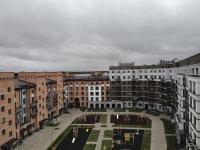
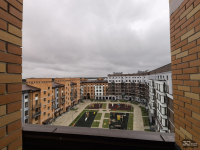
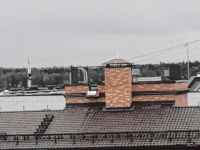

Examples of shooting with the rear camera of HUAWEI MatePad 12 X
In the camera application, you are offered to select, in addition to standard and extended viewing angles, a tenfold software zoom – probably for documenting some moments, but in general the quality of shooting in this mode is such that even a conventionally “technical” way of using this zoom does not come to mind. There is a well-organized portrait mode, video recording is possible in 4K at 30 frames per second.
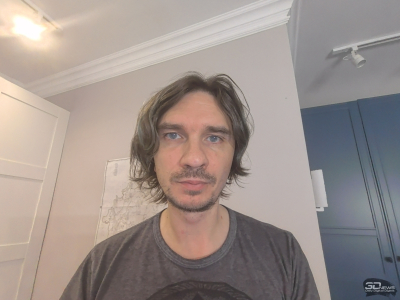
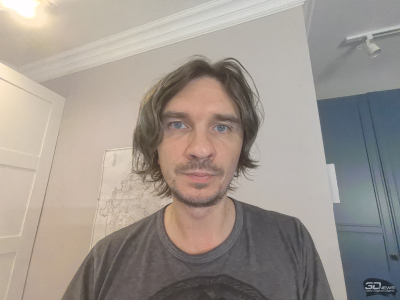
Examples of shooting with the front camera of HUAWEI MatePad 12X
Front camera – 8 MP + ƒ/2.2, without autofocus and flash. Here, portrait mode with background blur is no longer provided, but retouching is available. The photo quality is not high, but it is suitable for video calls. At the same time, video recording is only possible in Full HD resolution, 4K is left exclusive to the rear module.
⇡#Autonomy
The HUAWEI MatePad 12 X has a 38.38 Wh (10100 mAh, 3.8 V) battery – the same as the MatePad Pro 12.2″ or even the MatePad Pro 13.2″. Very solid capacity for a 12-inch tablet.
As a result, the large tablet can play Full HD video at maximum screen brightness and Wi-Fi turned on for eight and a half hours. A nice indicator for a device with an LCD screen.
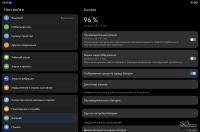
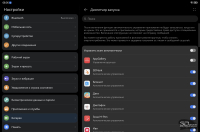
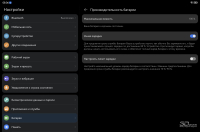
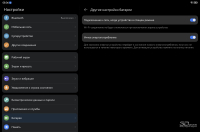
The kit includes a 66W HUAWEI SuperCharge charger, with which the tablet can be fully charged in about an hour and a half. Wireless charging is not supported.
⇡#Conclusion
The HUAWEI MatePad 12 X looks not so much a continuation of the MatePad Air series, but rather a slightly stripped-down version of the HUAWEI MatePad Pro. This is a thin and light mid-range tablet, which is designed primarily for professionals who plan to use this device for work tasks. The most important difference from the firmware is the LCD screen instead of OLED, but at the same time, in terms of brightness, resolution, and refresh rate, this is a high-level display. Otherwise, everything is close – support for accessories (the keyboard is included in the kit), hardware platform of the same power, the same battery (but battery life is slightly lower due to the LCD screen), PaperMatte version, and a chic body made of specially processed metal .